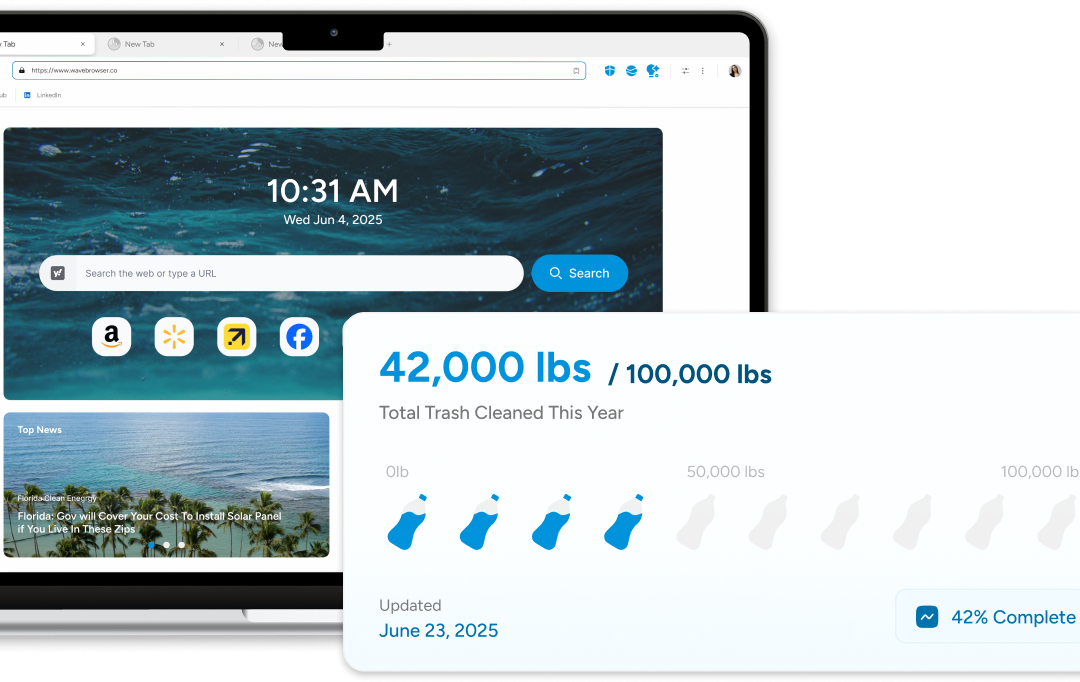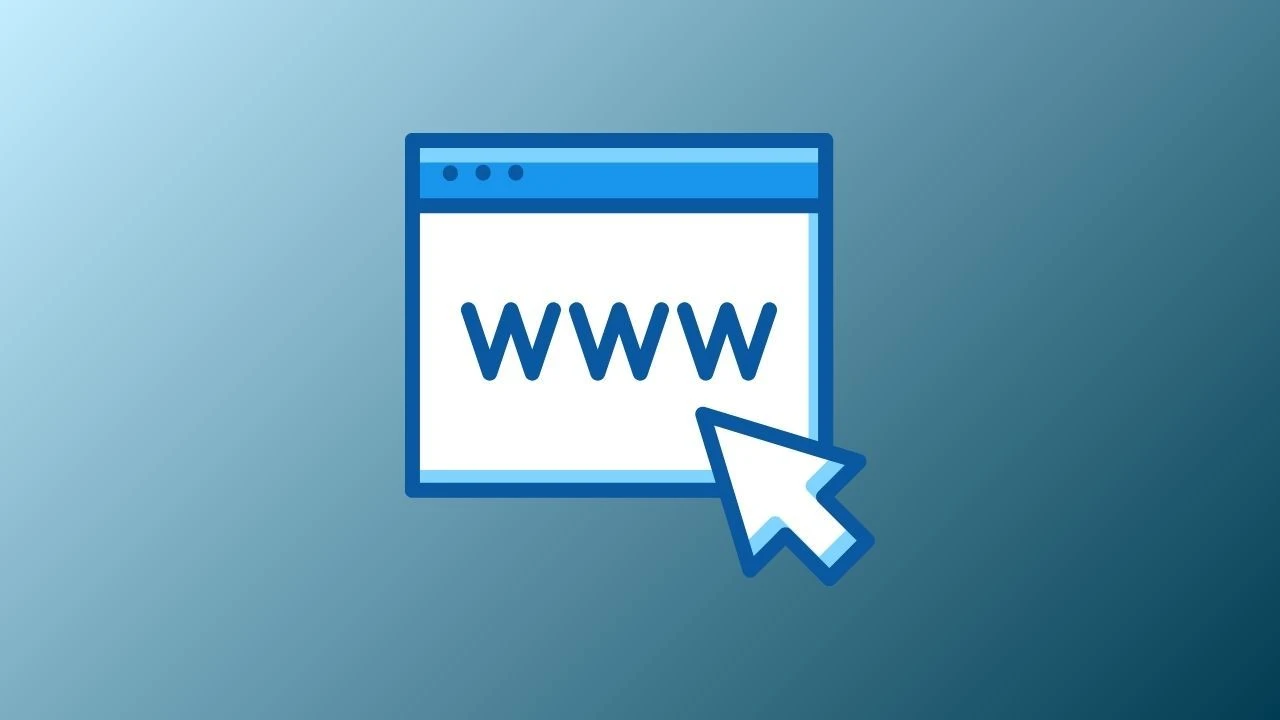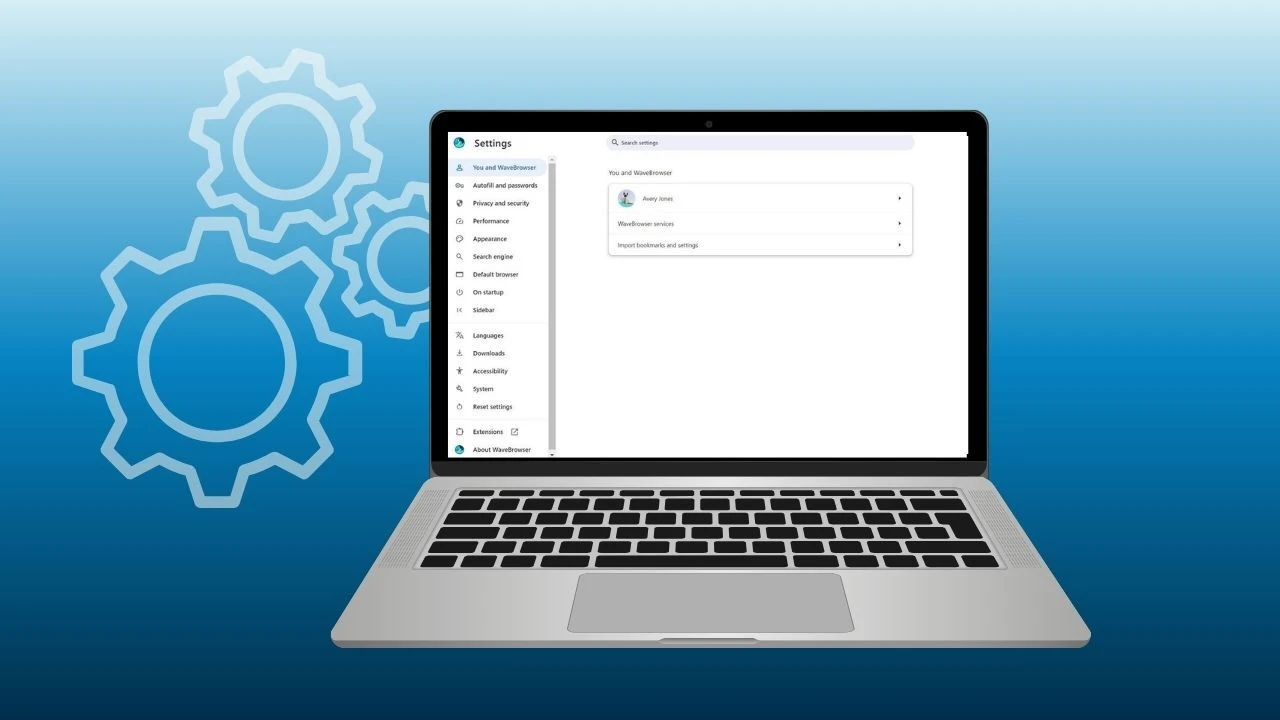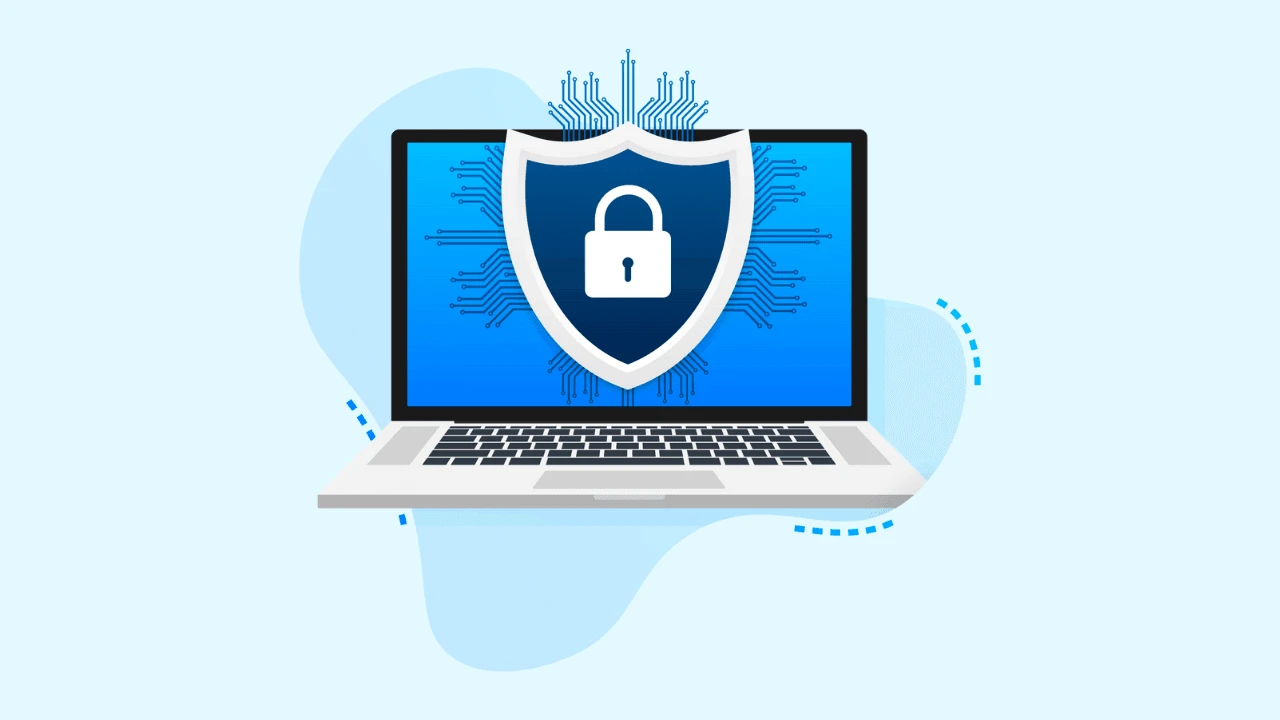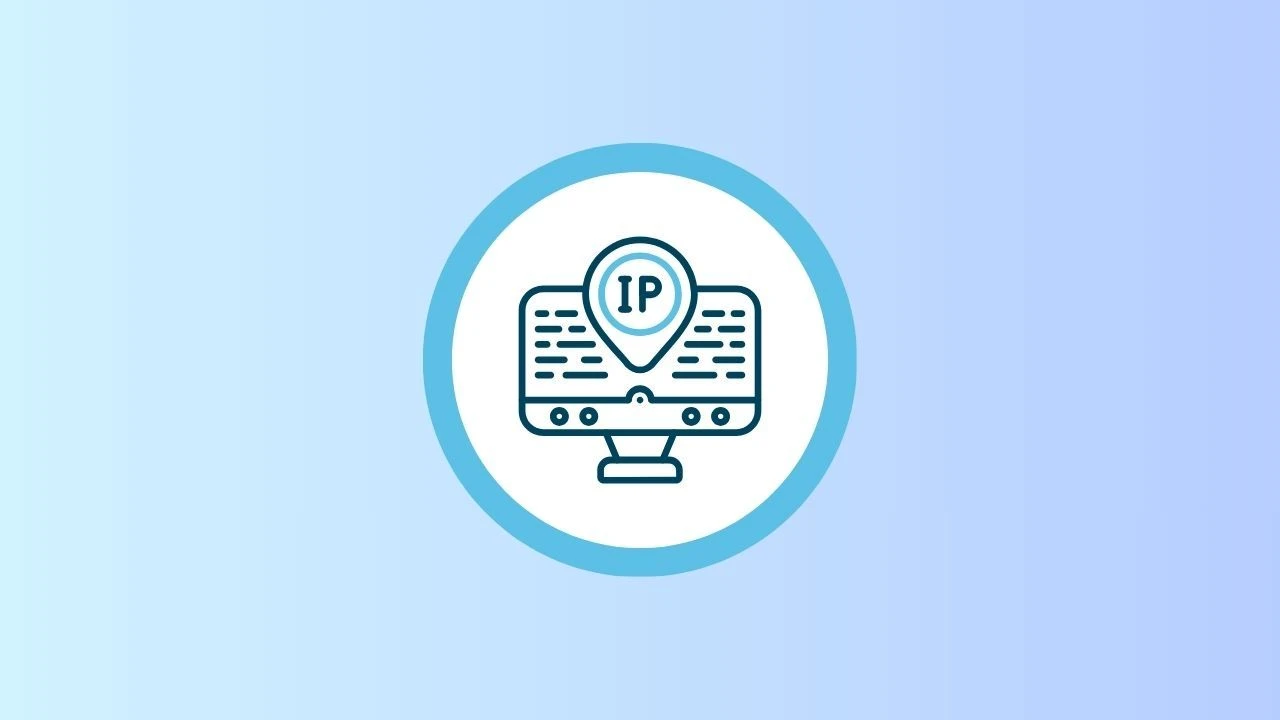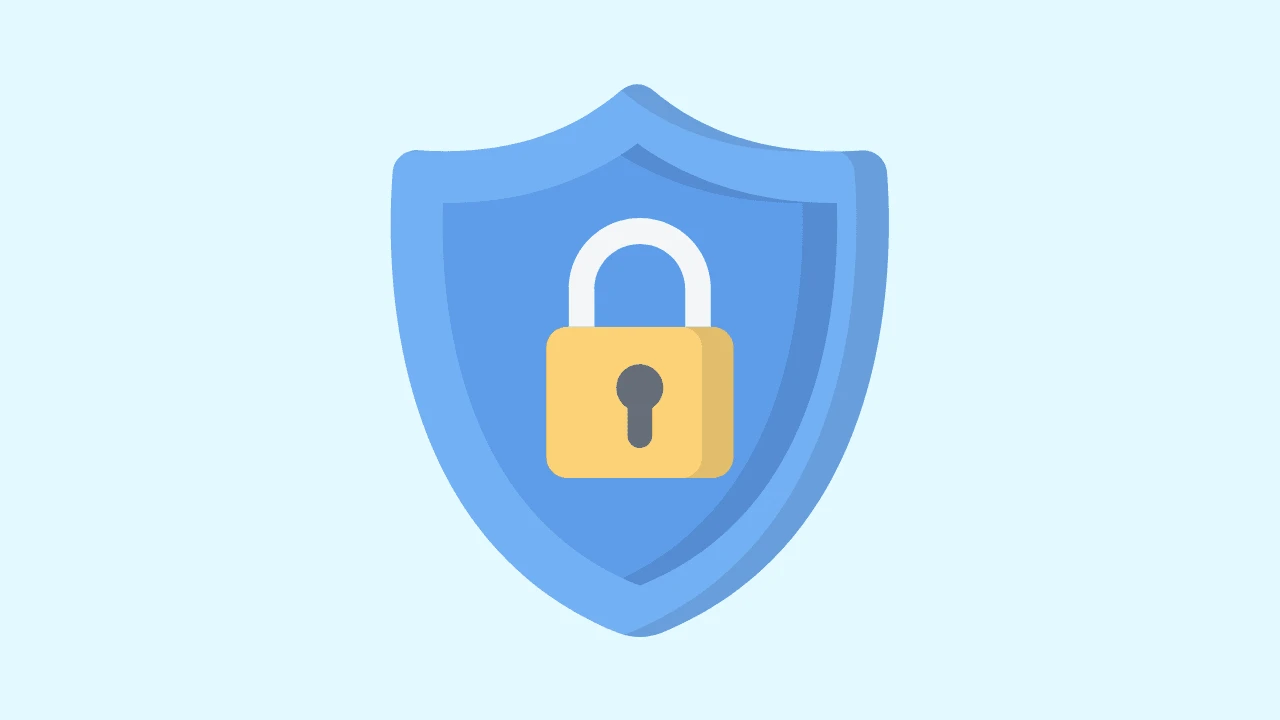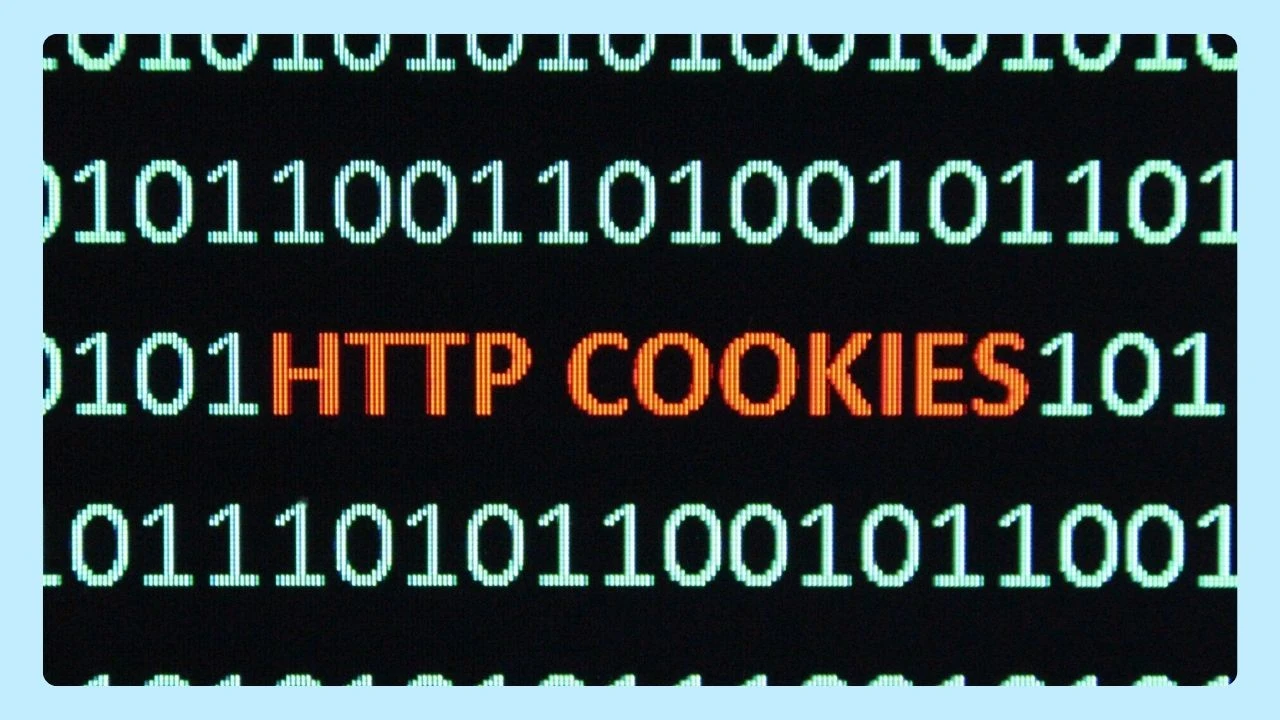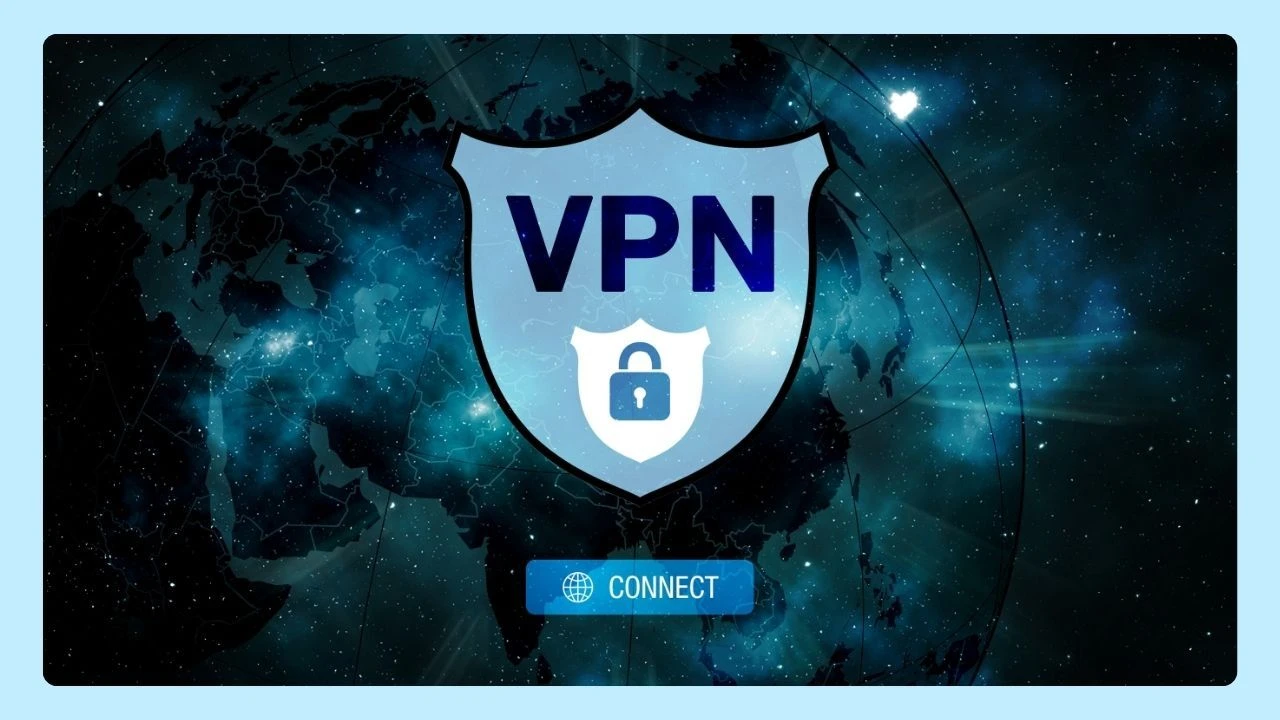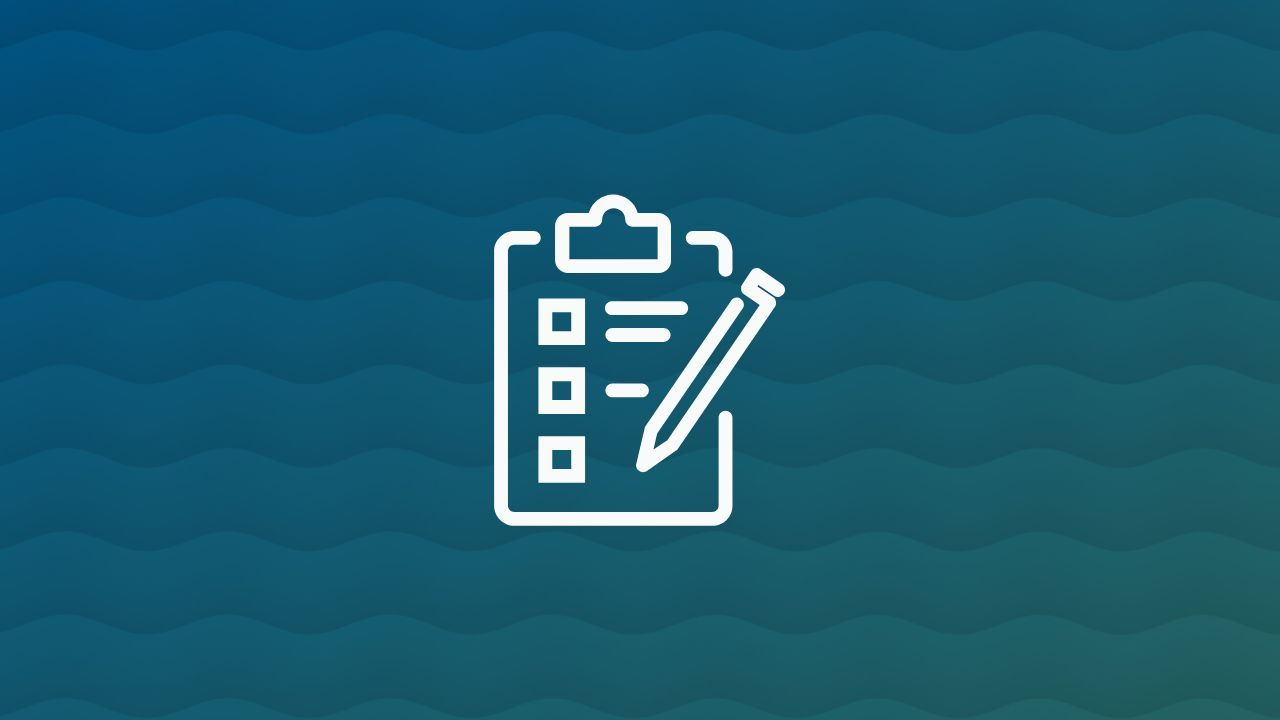
Whitelisting is a fundamental cybersecurity strategy that strengthens internet security in today’s digital landscape. By creating and managing whitelists, organizations can protect their networks and systems from unauthorized access and malicious activity. This proactive approach acts as a robust defense mechanism, reducing potential cyber threats and ensuring a safer online environment.
At its core, whitelisting involves approving trusted entities — such as specific applications, software, or IP addresses — that are permitted to access a system. For example, companies may whitelist certain IPs while requiring others to change their IP address before gaining access. By explicitly allowing only authorized entities and blocking all others by default, whitelisting creates a much stricter layer of control compared to blacklisting, which focuses only on blocking known threats.
Implementing whitelists significantly reduces the attack surface of an organization’s infrastructure, limiting opportunities for cybercriminals to exploit vulnerabilities. Regularly updating the whitelist, reviewing authorized applications, and managing approved IP addresses helps businesses maintain strong cybersecurity practices. With this method, organizations can stay proactive against evolving threats while ensuring secure and reliable system access.
Understanding the Meaning of Whitelist
Whitelisting in cybersecurity acts as a digital gatekeeper by allowing exclusive access to trusted entities while blocking unauthorized elements. This approach strengthens security by proactively preventing malicious infiltration.
Whitelisted Meaning in Cybersecurity
Whitelisting enhances cybersecurity by permitting only approved software applications to run on systems, preventing the execution of malicious code. Email whitelisting filters emails from trusted sources, reducing phishing and spam risks.
Unlike antivirus software, which reacts to known threats, whitelisting proactively blocks unauthorized content, making it effective against new threats. You can also view other cybersecurity features such as resetting Mac password in our other blogs.
How Whitelisting Operates in Different Internet Contexts
The implementation of whitelisting varies across internet contexts. IP whitelisting allows network access from specific IP addresses. In email communication, whitelisting filters spam by prioritizing trusted email addresses. Application whitelisting enhances security by allowing only essential applications to run.
- Email Whitelisting: Involves creating a list of approved sender addresses to prevent spam and prioritize crucial emails.
- IP Whitelisting: Grants network access only to devices with pre-approved IP addresses, fortifying network security.
- Application Whitelisting: Limits the applications permitted to run on a system to only those explicitly authorized.
Whitelist IP Address Meaning

To secure a physical building, you use keys or security codes. Similarly, in the digital world, IP address whitelisting grants network access only to devices with specific approved IP addresses. This is beneficial for organizations managing remote teams or needing secure remote access to sensitive data, especially to mitigate potential security issues.
By implementing IP address whitelisting, businesses create a digital perimeter that blocks unauthorized users from critical systems and information.
The Process of Whitelisting an IP Address
Whitelisting an IP address involves identifying specific IP addresses needing access permission, such as individual computers or servers. It's recommended to use static IP addresses to avoid disruptions from changes. The list is then added to the network device settings, like a firewall.
The number of whitelisted IP addresses varies based on network complexity and security needs, allowing tailored access control policies for a certain number of IP addresses.
Whitelist IP Meaning in Network Security
IP whitelisting enhances network security by controlling inbound and outbound traffic. It limits access to approved IP addresses, reducing unauthorized access risks. However, using a dynamic IP address for whitelisting poses challenges as they can change, requiring constant updates.
This flexible security model adapts to evolving needs while enforcing internal policies, like restricting access to boost productivity.
Whitelist URL Meaning
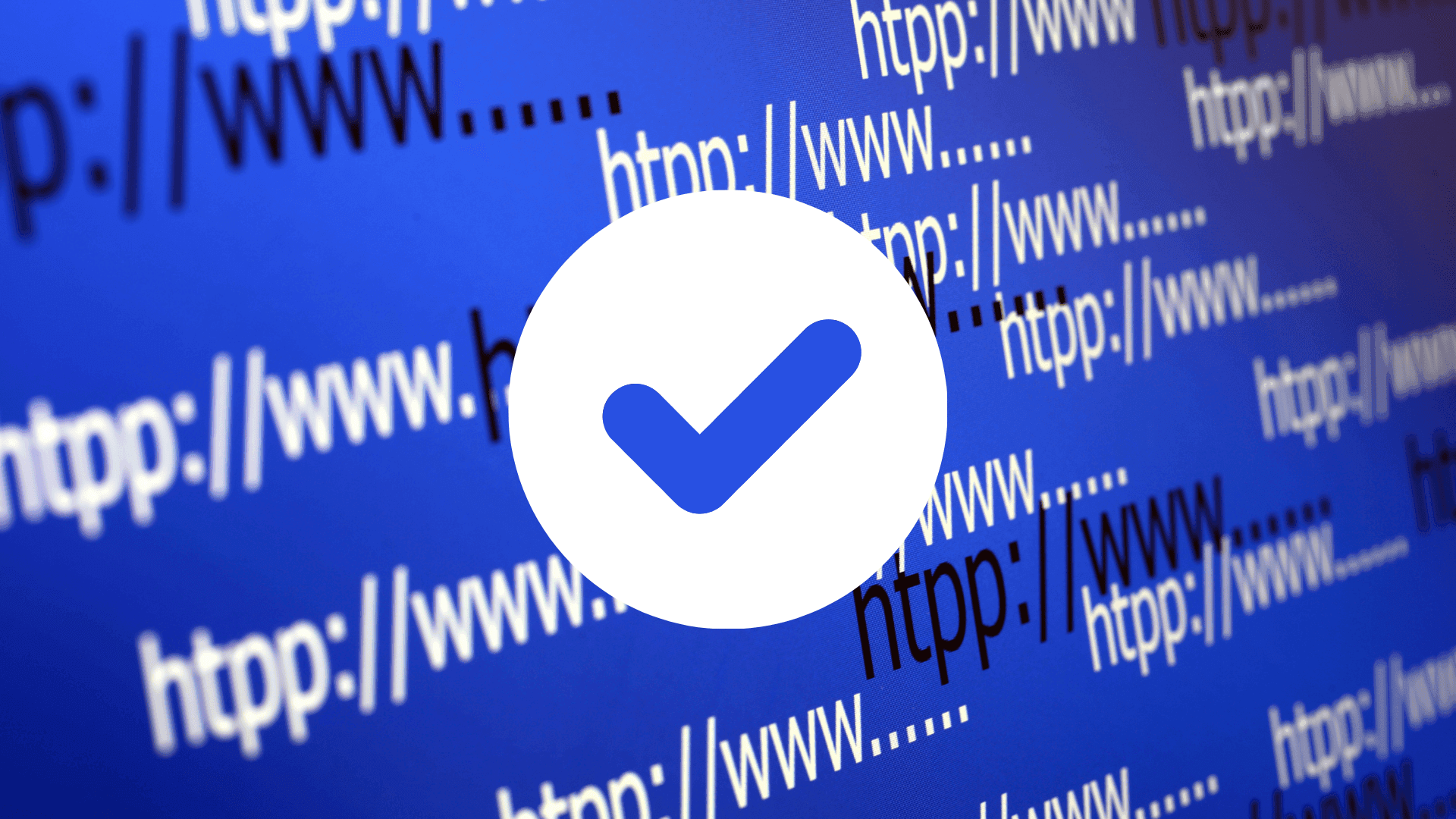
URL whitelisting is like other whitelisting methods, but for websites. It involves listing approved sites for access and blocking all others. This approval process helps organizations control internet usage, parents protect children online, and individuals limit exposure to harmful content. By implementing best practices for curating a list of trusted URLs, users enhance online safety and promote responsible internet use.
Steps to Whitelist a URL for Safer Browsing
Whitelisting URLs starts by identifying specific web addresses for approval. This includes key domain names, trusted sites, and essential work resources. These URLs are added to a designated whitelist in browsers, security software, or network devices by a system administrator.
Sometimes, whitelisting can be more detailed, covering specific pages or subdomains for tighter control. For example, an organization might allow access only to its payment portal while blocking other parts of the site. This ensures secure transactions and protects against phishing attacks by limiting access to legitimate and safe websites.
Understanding the Advantages of URL Whitelisting
URL whitelisting provides proactive security by blocking websites except those explicitly permitted. This approach reduces the risk of encountering new threats, including malware, crucial in today's advanced cyber landscape. By limiting access to trusted sites, organizations can lower their vulnerability to attacks and data breaches. Additionally, whitelisting allows for precise control over web access to meet specific organizational requirements.
- Proactive Security: Provides a preemptive defense mechanism, preventing access to malicious websites before they can cause harm.
- Minimized Exposure: Limits the risk of encountering harmful content, phishing attempts, and potentially malicious downloads.
- Controlled Browsing: Allows organizations to manage web access, ensuring that employees access only work-related or approved websites.
Why Wave Browser is the Best Choice for a Secure Browser
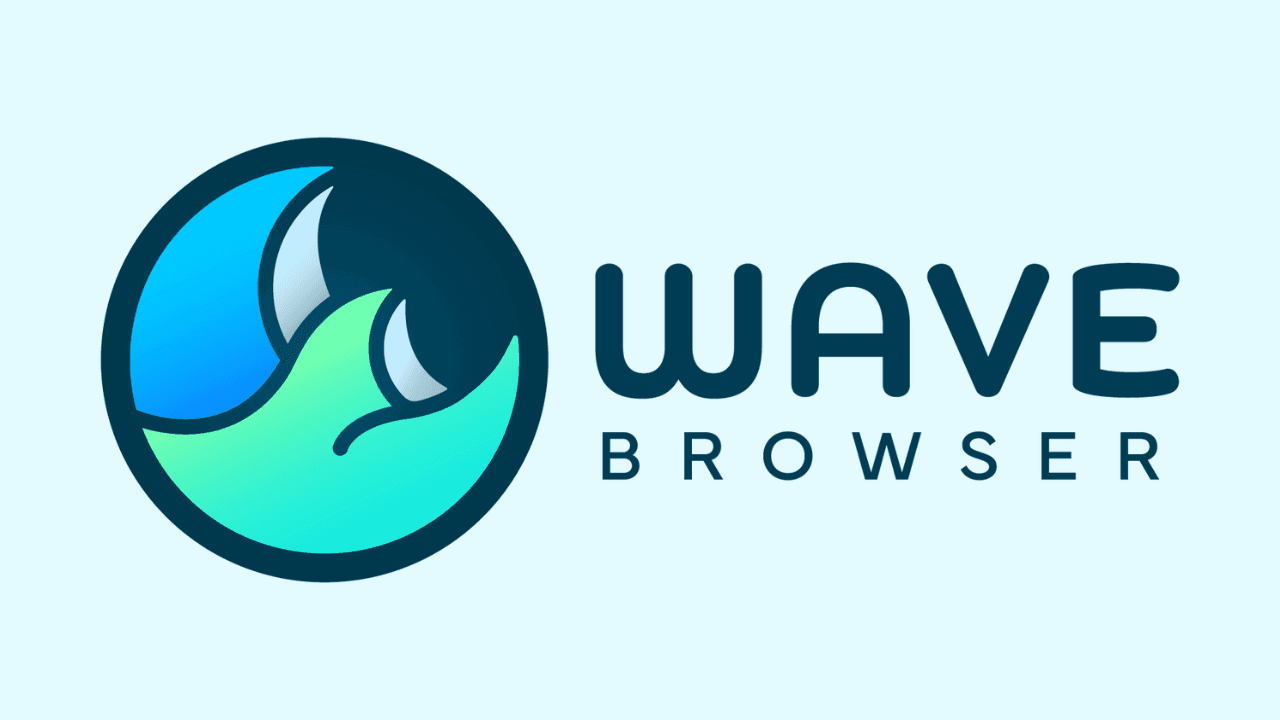
Wave Browser is equipped with several advanced security tools to safeguard your data. These include:
- Ad Blocker: Blocks intrusive ads that can track your online behavior.
- HTTPS Checker: Ensures that the websites you visit are secure and encrypted.
Wave not only prioritizes security but also ensures a seamless and efficient browsing experience. With features like split-view for multitasking, built-in file conversion tools, and easy access to social media and email, Wave redefines productivity while keeping your data secure.
Beyond personal convenience, Wave also advances a larger purpose—every tab opened supports real ocean cleanup efforts through our verified eco mission. By choosing Wave, you’re not just browsing faster and smarter; you’re actively helping reduce plastic waste and protect marine life.
Frequently Asked Questions

What is the primary purpose of whitelisting in cybersecurity?
In cybersecurity, whitelisting prevents unauthorized access to systems and data. Application whitelisting and email whitelisting are prime examples, bolstering network security by permitting solely pre-approved entities access. This approach ensures that only trusted applications can run and only verified senders can deliver emails, minimizing exposure to threats.
How does whitelisting enhance internet safety?
Whitelisting is a cybersecurity tool that enhances internet safety by implementing a default-deny approach, which means only trusted entities are allowed to interact with the system. This strategy utilizes tools such as spam filters and application control lists to block any malicious code from gaining access, thereby thwarting potential cyber threats like ransomware.
Whitelisting provides a proactive defense mechanism against unauthorized access and helps in maintaining the integrity and security of systems and networks. It is an effective way to mitigate the risks posed by evolving cyber threats and ensure a safer online environment for users and organizations alike. You can also learn how to solve issues such as secure connection issues in our other blogs.
Can whitelisting affect website accessibility for users?
While whitelisting significantly enhances security, overly restrictive allow lists can impact website accessibility. Users may encounter difficulties accessing legitimate websites not included in the whitelist. Balancing security measures with user experience is crucial; maintaining updated whitelists ensures that authorized sites remain accessible.


